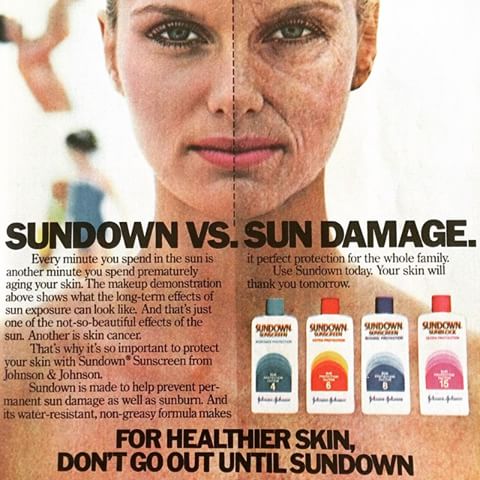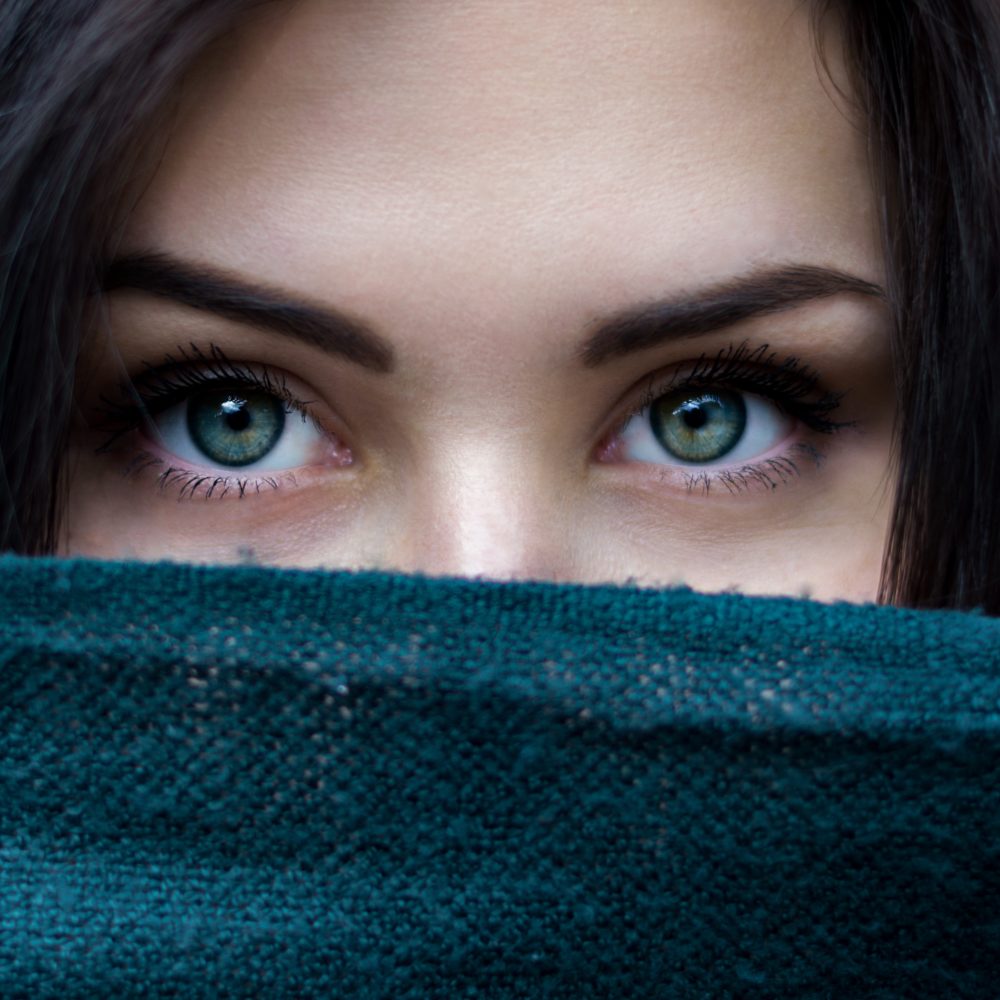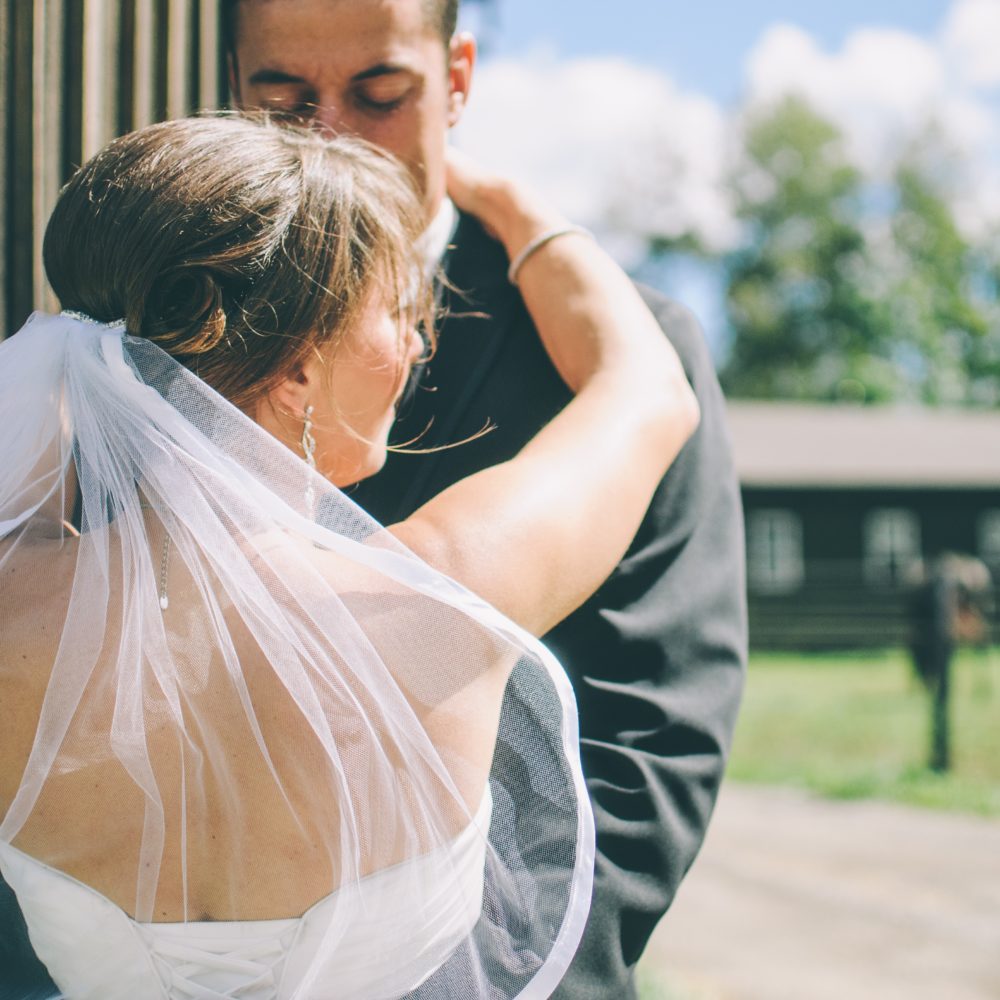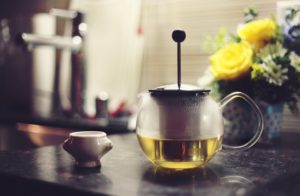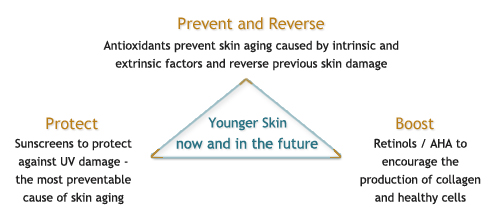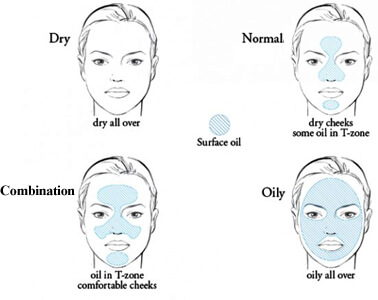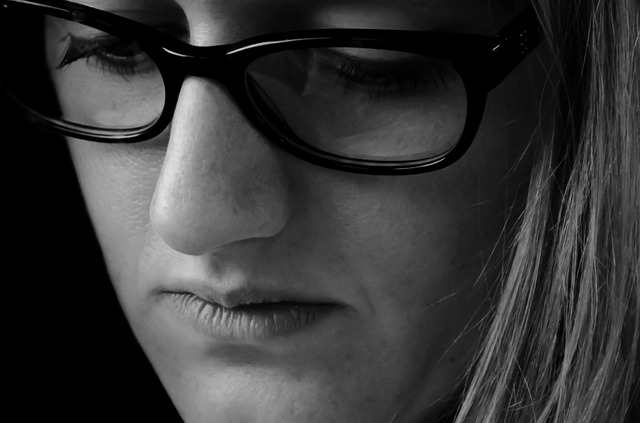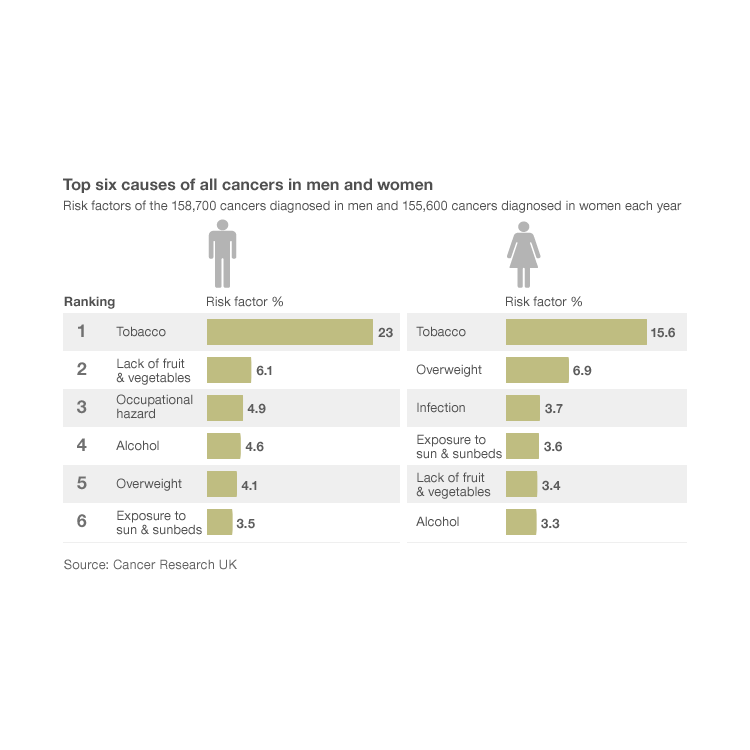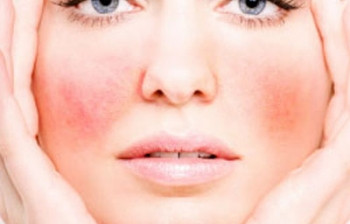The end of summer is close, it’s been fun but your skin isn’t looking or feeling it’s best.
Even if you have oily skin, you’re probably dehydrated. Travel, alcohol, and warm weather all suck precious moisture from our skin.
This is the one time of year you don’t have to be acne prone to have clogged pores. All of the above plus extra sunscreen will make sure of that.
Now is a great time to have a deep cleansing and hydrating facial. Treatments like microdermabrasion and LED light therapy are perfect for End-Of-Summer-Skin. Hold off on deeper chemical peels and hydroquinone-based lightening products until after Labor Day.
If the heat has triggered your melasma, now is a great time to start using a hydroquinone-free lightening product. These products will start to gently even your skin tone without photo-sensitivity. Save the stronger products and treatments for the fall and winter months.
Your home care routine should include a gentle enzyme exfoliation 1-3 times a week (depending on your skin type) followed by a hydrating mask.
Antioxidant serum and physical sunscreen are important year round. If you live in a humid climate, you may want to swap these products for lighter versions during the warmer months.
Do you have questions about your skin and what products you should be using? Have an Online Skin Care Consult with Hannah!






